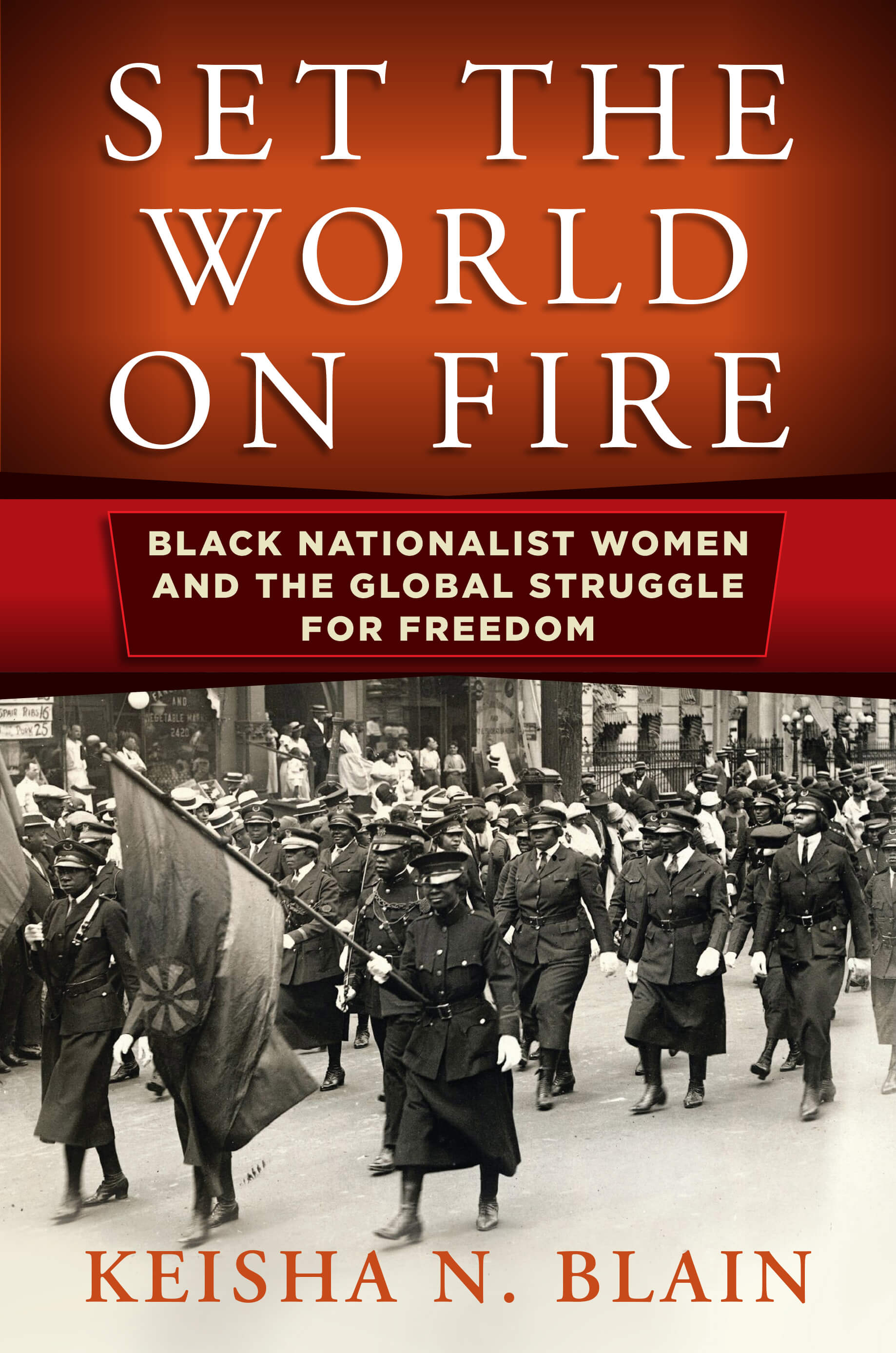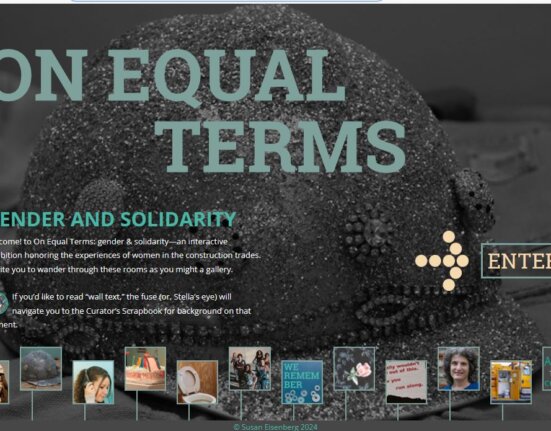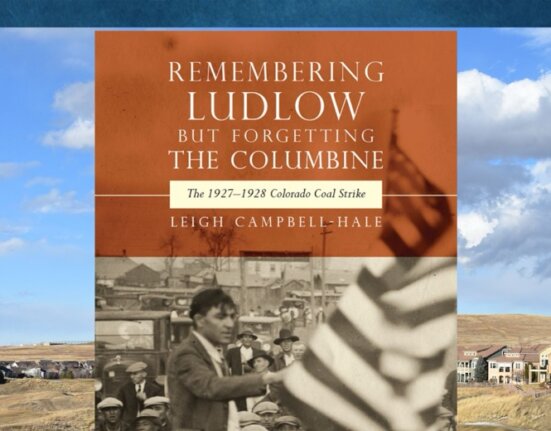LaborOnline’s monthly series on new books in labor and working-class history continues. Keisha N. Blain’s Set the World on Fire: Black Nationalist Women and the Global Struggle for Freedom was published by the University of Pennsylvania Press on February 16. Blain, the president of the African American Intellectual History Society and senior editor of its blog Black Perspectives, is an assistant professor of history at the University of Pittsburgh. She answered questions from Jacob Remes.
Is there a character in Set the World on Fire whom you’re especially fond of?
I am very fascinated with Mittie Maude Lena Gordon, one of the key figures in the book. The first chapter I drafted was on Gordon and studying her life and ideas over the past few years pushed me in many new and exciting directions. Gordon was a very interesting and complex person. She did not fit neatly into any one box and that’s exactly what I like most about her. I can’t say that I agree with all of her ideas and actions—and I sometimes found myself being frustrated with some of the decisions she made. But I was especially drawn to her passion and her boldness even in the face of opposition.
She was a working-poor black woman living in Chicago during one of the most tumultuous periods in U.S. and global history. She did not have much formal education and often relied on others to write letters for her or help maintain organizational records. But she was determined to advance her goals and refused to allow these circumstances to inhibit her political work. Throughout her lifetime, she had a lot of haters—many people despised her and frowned upon her political activities. No doubt this was difficult for her to endure but she remained steadfast and practiced a kind of ruthless pragmatism that sometimes confounded her contemporaries. I suspect that some readers will be confounded by some of her ideas and actions as well. But I hope they that by the end of the book, they will come to appreciate Gordon as an important historical figure—not because she was perfect but because she played such a crucial role in advancing black nationalist and internationalist politics in the twentieth century.
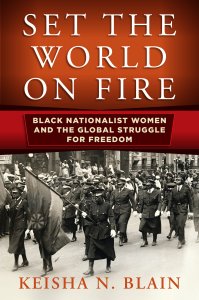
How did class shape the history of Black nationalist movements in the twentieth century?
On a global scale, black nationalism—as an ideology and a movement—attracted a diverse following of black men and women, crossing cultural, geographic, and class lines. Some of the women I discuss in the book were members of the black middle-class. However, most of the women I highlight were members of the black working-poor and their social standing certainly informed their political decisions. These women saw black nationalism as a viable political strategy but even more, they saw black nationalism as a means of improving their socioeconomic conditions. Significantly, these activists often organized in impoverished black communities, arguing that relocating to West Africa was a necessary step for black people who were struggling to make ends meet. This message was appealing for many but of course, it did not resonate with everyone. Black middle-class leaders often rejected the idea of emigration. As a result, there were certainly class divisions within black communities over the issue of black nationalism.
Set the World on Fire looks at Black nationalist women in New York, Mississippi, Britain and the Caribbean. What can this sort of ambitious, global scope tell us about the movement?
It underscores the widespread influence and transnational nature of black nationalist movements during the twentieth century. But even more, it sheds light on the political savvy of black nationalist women. Examining black nationalist women’s activism in various locales reveals the multiple political strategies these women employed in an effort to advance their goals. Because of the shifting political and social terrain on which these women were fighting to combat racism and discrimination, their methods were diverse. As we move from locale to locale, it becomes clear that these women were very flexible—they were willing to try a range of tactics in hopes of securing their goals and they strategically adjusted their approaches to fit the specific locale in which they were organizing. That becomes especially clear when we examine black nationalist movements from a transnational perspective.
You’ve been involved in two “syllabus” projects, reading lists that place contemporary events in scholarly context: #Charlestonsyllabus and Trump Syllabus 2.0. They’ve both gotten a lot of attention. Can you tell us about those projects?
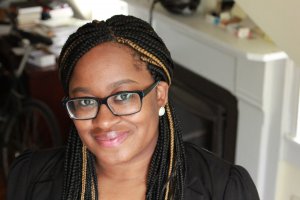
I developed the #CharlestonSyllabus with Chad Williams and Kidada Williams only days after the June 17, 2015 killing of nine black men and women by a white supremacist during a bible study session at the historic Emanuel African Methodist Episcopal Church in Charleston, South Carolina. We collaborated with a diverse community of scholars via Twitter to build a crowdsourced list of texts, novels, poems, films, songs and primary source documents created in response to the shooting. With the #CharlestonSyllabus reading list (and the book we published a year later), we sought to provide other educators with the historical context needed to effectively discuss the shooting—as well as the larger issues of race, racism, and racial violence—in the classroom and beyond. We also desired that members of the general public would utilize the list (and the book) to come to a better understanding of the complexities of these core issues. I am still amazed by the overwhelming positive response and success of the syllabus and have been so pleased to see other historians build public reading lists using our syllabus as a model.
I had no intention of doing another syllabus. However, I found myself building a new reading list called Trump Syllabus 2.0 with Nathan Connolly in 2016—after I saw a mock Trump syllabus that infuriated me. Among other things, the syllabus failed to include the works of scholars of color and did not address some of the most important issues related to Trump’s campaign such as immigration, race, and gender. I knew that the public needed a better syllabus to help contextualize Donald Trump’s rise to become the Republican Party’s nominee for President of the United States. In June 2016, we released the syllabus, which offered an introduction to the deep currents of American political culture that led to Trump’s ascendance. Thankfully, many people found this new syllabus useful. It did very well within the weeks of its release, but it really gained national prominence after Trump became president and people are using it to this very day (I was recently made aware of several classes being taught this semester based on Trump Syllabus 2.0).
Now that you’re done with your own book, what are some books you’re looking forward to catching up on?
I have so many books on my nightstand that I need to finish. These include several new books on black women’s history, including Ula Taylor’s The Promise of Patriarchy: Women and the Nation of Islam, which explores the personal and political lives of black women who were active in the Nation of Islam from the 1930s to the 1970s. I am also reading Christopher Lebron’s The Making of Black Lives Matter: A Brief History of An Idea, which charts the intellectual foundations of the Black Lives Matter movement. Once I finish these books, I would like to catch up on some of the new books on black internationalism, including Gerald Horne’s Facing the Rising Sun: African Americans, Japan, and the Rise of Afro-Asian Solidarity and Nicholas Grant’s Winning our Freedoms Together: African Americans and Apartheid, 1945-1960.


